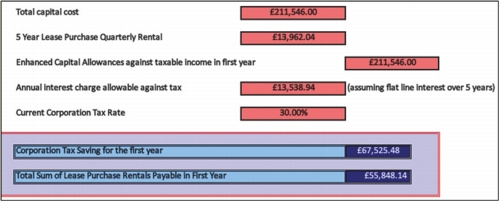Convenience cooling

Convenience outlets are bringing new life to the High Street as planners reject large out of town developments. Steve Robinson of Hitachi Air Conditioning Europe looks at what’s in store.
The High Street has had its ups and downs of late, but you can’t accuse the major supermarket chains of abandoning the traditional shopping area. Tesco has already opened 1500 Express stores, Sainsbury’s has 400 Locals and Waitrose is getting on the bandwagon with plans to open 300 Little Waitrose stores.
Such outlets offer different challenges to traditional stores, not least in their approach to refrigeration and air conditioning. Hitachi has been working with Somerfield on its convenience and petrol station stores. Somerfield was keen to specify air-conditioning units that offered minimum lifecycle costs over a 10-year cycle, so a high coefficient of performance (COP) and low running costs were key criteria. A high COP has the added advantage of low carbon emissions when you consider initiatives such as the Carbon Reduction Commitment Energy Efficiency Scheme and retailers’ Corporate Social Responsibility agenda.
 |
| IVX units offer VRF control at little over the price of standard split systems. |
Hitachi’s IVX range of multi-split systems proved the ideal solution. As well as a high COP and low running costs, IVX units offer VRF control at little over the price of standard split systems and are therefore more competitive than many VRF systems on the market.
Another key selling point is the ability for off-coil limitation. Off-coil limitation allows us as engineers to use our skills in the corrective capacity selection of fan coils and air volumes, to completely eliminate the risk of cold draughts, saving on costly isothermal grilles designed to mask the potential problem. This is a key issue in retail where customers can complain of feeling too cold while shopping, taking their business elsewhere and crippling the bottom line.
IVX is a flexible solution as it can run up to 10 indoor units from one outdoor unit. The technology within the IVX controls easily interfaces with a building’s existing BMS, resulting in cost-savings being made even at the installation stage. And by using Hitachi’s H-Link II communication protocol and CS-NET Web network control system the end user can further optimise energy efficiency and monitoring functions providing improved workability and cost savings.
Retail is a sector where first costs are crucial. Outlets can be changed regularly, so the capital cost of equipment has to be competitive. When upgrading to more energy efficient equipment, leasing can come into its own, particularly when the Government’s Enhanced Capital Allowances (ECAs) are taken into consideration. Indeed, the allowances that you can receive in your first year will pay for the leasing costs and you can actually make a profit.
Here is an illustration highlighting the benefits of lease purchase when utilised for customers buying ECA qualifying products. A UK business that pays UK corporation tax at 30% acquires equipment costing £211 546. ECA allowances would allow the customer to recover £67 525.48 in corporation tax savings for the year. First-year payments on a five-year lease purchase agreement would be lower than this, meaning that the installation could be profitable in the first year.
Leasing offers many benefits by allowing working capital to be conserved and ease of budgeting, with rentals fixed from the outset. In a tough economic climate where capital is hard to come by, retailers can still benefit from the latest energy-efficient technology by using lease agreements in conjunction with the ECA scheme. So opt for Hitachi and IVX and pocket the difference.








